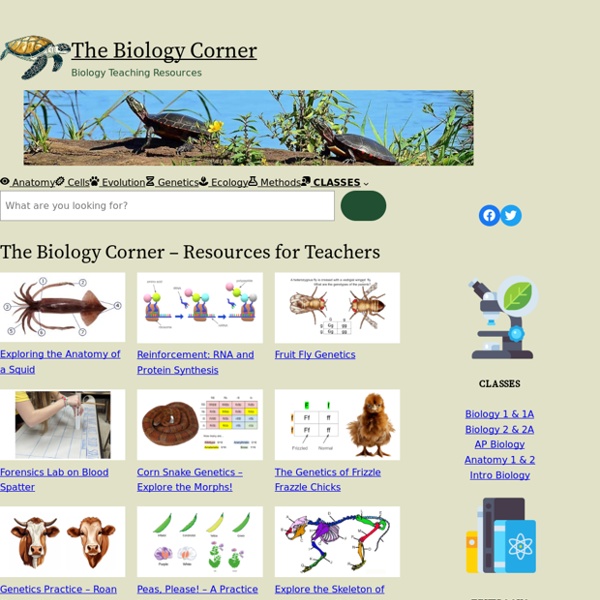



Here you will find "free to use" ecology and conservation simulations. It's convenient to have all in one place when choosing an activity that aligns with curriculum The kids of today will inherit the Earth of tomorrow. They will also be left to clean up the mess we leave behind today. With the right ecological education, we can hope they will hit the ground running. Technology has a trick. Want to sensitize your kids right now? 1. What are they about? The National Oceanic and Atmospheric Administration (NOAA) wants to spark environmental awareness and the well-designed games are the most entertaining way to go about it. Are you up for a hurricane or two? How to Use the Weather Forecast to Automate Your Home How to Use the Weather Forecast to Automate Your Home Many people think that "smart home" automation is only for geeks who have a pile of gadgets around their home, but there are some automation tricks you can do without loads of sensors. 2. What is it about? Can the technology of today help us combat climate change? Can We Engineer the Planet to Fight Global Warming? Clim’Way is an excellent game that tries to do both. 3. What is it about? 4.
Biology Teaching & Learning Resources. Educational articles, drawings, experiments & PowerPoint presentations by D G Mackean Interactive Biology We've moved! Formerly at Bryn Mawr College, Serendip is now an independent site partnering with faculty at multiple colleges and universities around the world. Please update your bookmarks, and happy exploring. Interactive Biology Serendip sees the web as a tool which can make education a more interactive and exploratory process, by making freely available educational resources at a variety of levels and also, even more importantly, be making it increasingly possible to learn by doing (see Serendip's web principles and credo on education and technology). Click here to jump to one of the following topics: Comprehensive Biology TutorialsSites of General Scientific InterestPlaying with AppletsKids StuffCell BiologyNeurobiologyPlants/AnimalsDisease/Disease FightingGeneticsHuman AnatomyNutritionGames/QuizzesMiscellaneousAdditional Resources Additional Resources Science and Education | Serendip Home |
This is a hurricane simulator. It allows users to manipulate factors such as heat and pressure to alter the strength and direction. "Hurricane Simulation" WebApp Courtesy of the Cooperative Institute for Meteorological Satellite Studies (CIMSS). Copyright 2013 by Tom Whittaker at the University of Wisconsin-Madison. Explore the relationship between sea surface temperatures (SST) and hurricane strength. How to build a hurricane: Drag the hurricane around to see the effect surface temperature has on the hurricane. Hurricane Sandy from 2012. How big did your hurricane get? What exactly do the numbers on the hurricane mean? The hurricane in this simulation will either have an L on it, or be labelled with numbers 1 through 5. Source: NOAA National Hurricane Center What paths do hurricanes take? Every storm is different, which makes predicting their behavior so very challenging. All images from the NOAA/ National Weather Service, National Centers for Environmental Prediction, National Hurricane Center
Great Backyard Bird Count – Join us each February when the world comes together to watch, learn about, count, and celebrate birds. Sheppard Software: Fun free online learning games and activities for kids. WAVE Web Accessibility Evaluation Tool is a basic web site accessibility reader. The Habitable Planet provides lessons and simulations on population ecology for terrestrial ecosystesm. Michael Brody is an Associate Professor of Education in the College of Education, Health, and Human Development at Montana State University where he teaches courses in environment, science education, and educational research at the graduate and undergraduate levels. He received his Ph.D. from Cornell University (1985) in Science & Environmental Education. Brody has worked with teachers throughout the Russian Federation, Morocco, and Thailand and has developed the Ecological Field Studies Program connecting environmental educators through global networks. He is a Research Associate of the Museum of the Rockies in Bozeman, Montana where he helped design the permanent exhibit, Landforms/Lifeforms. He is a member of the North American Association for Environmental Education (NAAEE) Research Commission and received the NAAEE Outstanding Contributions to Research Award in 2006. John Gollisz is the assistant principal for science at the High School for Environmental Studies in New York City.